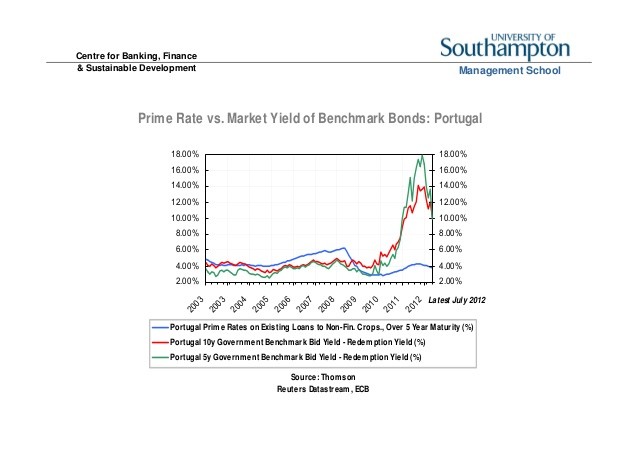How to avoid the bond market meltdown
Post on: 26 Май, 2015 No Comment

Mitch’s Latest Posts
Casually scan any financial news website and you’ll read some variation of this story: Sell your bonds, now. They can only go down.
Let’s call that one sort of true. The bond market is clearly in the final throes of a decadeslong bull run. Interest rates have been falling steadily (and thus bond prices rising) for decades. After the 2008 financial panic, the world’s central banks saw fit to drive rates even lower, in a bid to stave off total economic collapse.
It’s bond-market basics but important to explain: As demand rises for safe investments, bond prices go up. If you are a bond issuer, such as a government or a corporation, heavy demand means you can get away with paying a lower yield. Borrowing gets cheaper.
The current bond market is an anomaly, however. Bond prices are very high (and yields very low) to a great degree because central banks are soaking up massive amounts of government debt. Without them, demand surely would fall and issuers would be forced to pay higher rates. Yields would rise, perhaps quickly.
That’s the bond market dilemma. There’s little room for bond prices to rise and a very deep valley into which they could fall. Yet current yields are, in some cases, negative after inflation, a sure loser of an investment. For bond market experts, these are rough waters. For retirement investors, it’s a nightmare. Gone are the days of buying a 30-year Treasury bond paying 5% and simply forgetting about it.
Of course, the central banks’ strategy can’t go on forever. Yet it can go on for a while longer. The only certainty is that nobody really knows what will happen next — or when.
We got a preview of the uncertainty to come starting in May, after U.S. Federal Reserve Chairman Ben Bernanke began to jawbone the market by talking about coming changes. Nothing happened in terms of policy, yet mere talk of change unleashed a broad selloff in bonds. Investors took billions out of bond funds. Yields shot up.
Bond market strategies
As a retirement investor, you might think, Great, we can finally get a higher yield from Treasurys. But that only makes sense if you are completely out of bonds now and buy back in well after yields rise. someday.
What’s a conservative investor to do? Here are three fundamental strategies for any market turning point, whether that turning-point moment happens in a week or not for months to come:
1. Don’t assume you can time your entry or exit. Market timing, trying to figure out where the mass of investor money will head next, is courting disaster. If history has taught us anything, it’s that the market can stay irrational for far longer than investors can stay solvent.
2. Own a mix of income-oriented investments. Dividend-paying stocks, for instance, can provide a solid 5%, compared with half that for typical corporate debt. As stock prices fall, dividend yields rise even higher. Long-term investors can afford additional risk and choose high-yield and international bonds, as long as they keep costs down by owning them through inexpensive index funds or ETFs.














